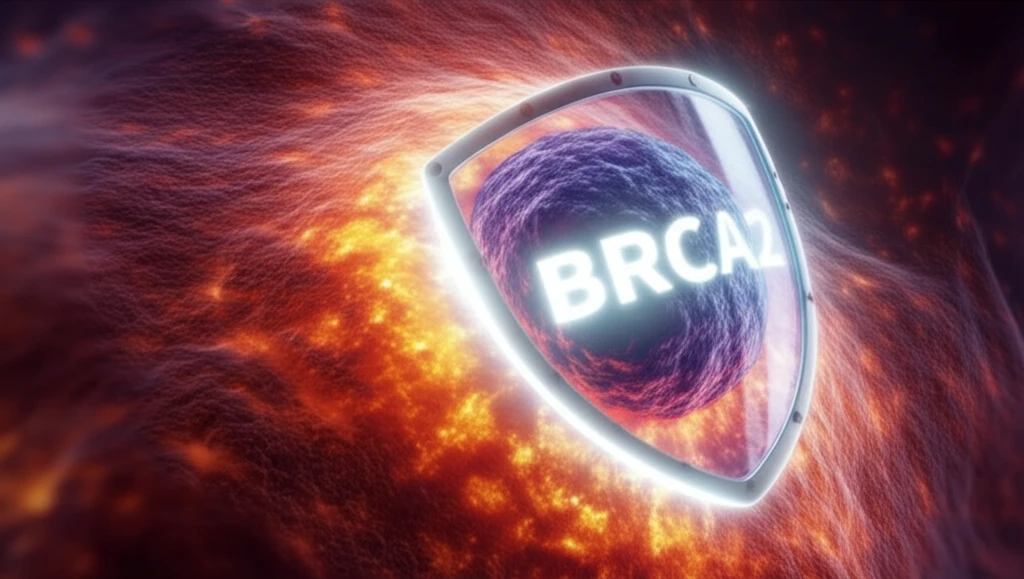
Heat Shock and Your Cells: How BRCA2 Can Be Your Body's Unsung Hero
"Discover how the BRCA2 gene protects your cells from heat-induced damage and why understanding this process could unlock new cancer therapies."
Ever felt that wave of heat wash over you on a scorching summer day? While you're reaching for the nearest shade, your cells are also feeling the heat – and facing a potential crisis. Heat shock, as scientists call it, can wreak havoc on our cells, leading to DNA damage and, in severe cases, cell death. But what if there was a way to protect our cells from this thermal onslaught?
That’s where BRCA2 comes in. You might have heard of BRCA2 in the context of breast cancer risk, but this gene has a far broader role. New research is illuminating how BRCA2 acts as a cellular superhero, shielding our cells from the harmful effects of heat shock. Understanding this process isn't just fascinating; it could pave the way for innovative cancer therapies that harness the power of heat.
This article breaks down the science behind BRCA2 and heat shock in an accessible way. We’ll explore how heat damages our cells, how BRCA2 steps in to repair the damage, and what this all means for the future of cancer treatment. So, let's dive in and uncover the secrets of cellular survival under heat stress.
The Science of Heat Shock and DNA Damage

When your body temperature rises, your cells undergo a series of changes known as heat shock. One of the most significant consequences of heat shock is damage to DNA, specifically the creation of DNA double-strand breaks (DSBs). These breaks are like fractures in the DNA molecule, and if left unrepaired, they can lead to cell death or mutations that could contribute to cancer development.
- Heat Shock and DSBs: Heat induces DNA double-strand breaks.
- Homologous Recombination (HR): Cells repair damage using HR.
- BRCA2's Role: BRCA2 is essential for HR.
- Unrepaired DSBs: Can cause cell death or mutations.
Implications for Future Therapies
The discovery that BRCA2 plays a protective role against heat-induced cell death opens up exciting possibilities for new cancer treatments. Hyperthermia, a technique that involves heating cancerous tissue, is already used in some cancer therapies. By understanding how BRCA2 interacts with heat shock, researchers hope to develop more effective hyperthermia-based treatments. One potential strategy involves temporarily inhibiting BRCA2 in cancer cells during hyperthermia, making them more vulnerable to heat-induced damage. This approach could selectively target cancer cells while sparing healthy tissue.
